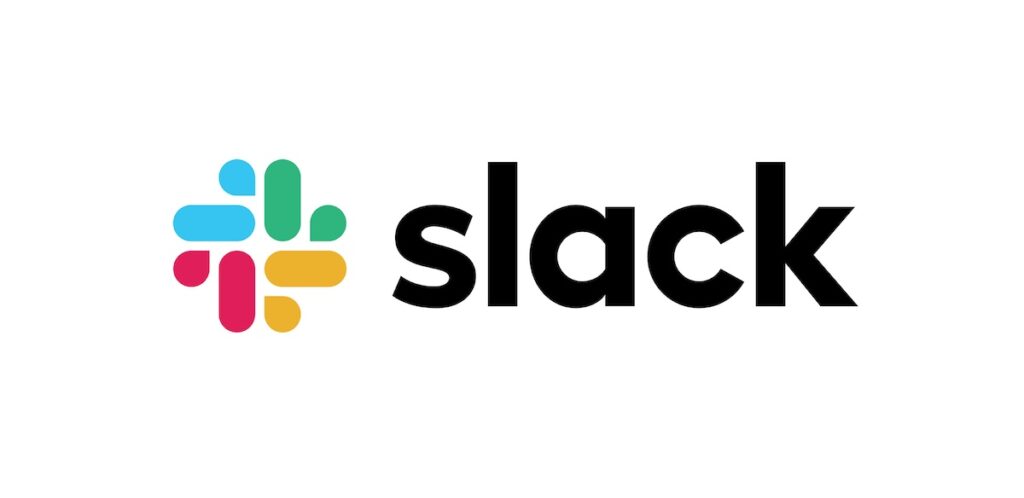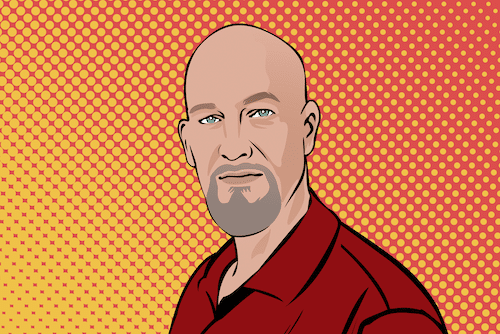Slack AI Integration
July 2025
Much of our internal team communication occurs over Slack. A few years ago we started a small project with some interns to create an AI integration with Slack. What started as a small project has quickly become a standard part of our company’s ecosystem. With the explosion of AI chat-bots, we noticed our developers were using a wide array of different platforms for their AI-assisted workflows. To save on costs and optimize our usage patterns, we decided to consolidate multiple Large Language Model (LLM) provider APIs into a single, powerful Slack bot.


We’ve found that certain models tend to perform better in a given area than others. Also, some team members have personal preferences for specific AI models. Giving our team access to the best (or favorite) tool for the job was a priority. Here’s a quick rundown of what we think about some particular models:
- GPT-4.1 is probably the best “general” model for fast responses with reliable tool calling
- o3 is the next step up from that if you need to solve a complex issue and need to reason through it
- Grok-3 is a good choice if conversational style and tone is important
- Gemini-2.5-pro excels at styling websites and creative writing (It peer reviewed this post!)
- Claude-Sonnet-3.7-thinking does great with coding and can work within quite complex projects
- Claude-Sonnet-4 is probably the most agentic model available and handles dozens of tools with ease while being as comparably fast as gpt-4.1
By integrating these and other models, our bot allows for per-user customization and model selection, ensuring developers can use the ideal AI for their specific task or personal preference.
We designed the bot to be seamless and intuitive within the Slack environment. Users can directly message the bot for private conversations or create dedicated interactive channels. To keep channels uncluttered, long bot responses are automatically posted in a thread. A particularly useful feature is “conversation branching” where replying to the bot inside a thread creates a separate conversational branch, allowing you to go on a tangent without disrupting the flow of the original discussion.
Behind the scenes, a dynamic context management system summarizes older parts of the conversation. This keeps token usage down, making interactions with the models more efficient and cost-effective.


All of these model choices, ease of use and integration within the team Slack environment gives us an edge in whatever projects we take on. Our team and our clients expect us to be pushing the limits of technology by using every available tool at our disposal, creating a force multiplier to quickly and efficiently build the most challenging software development projects.

